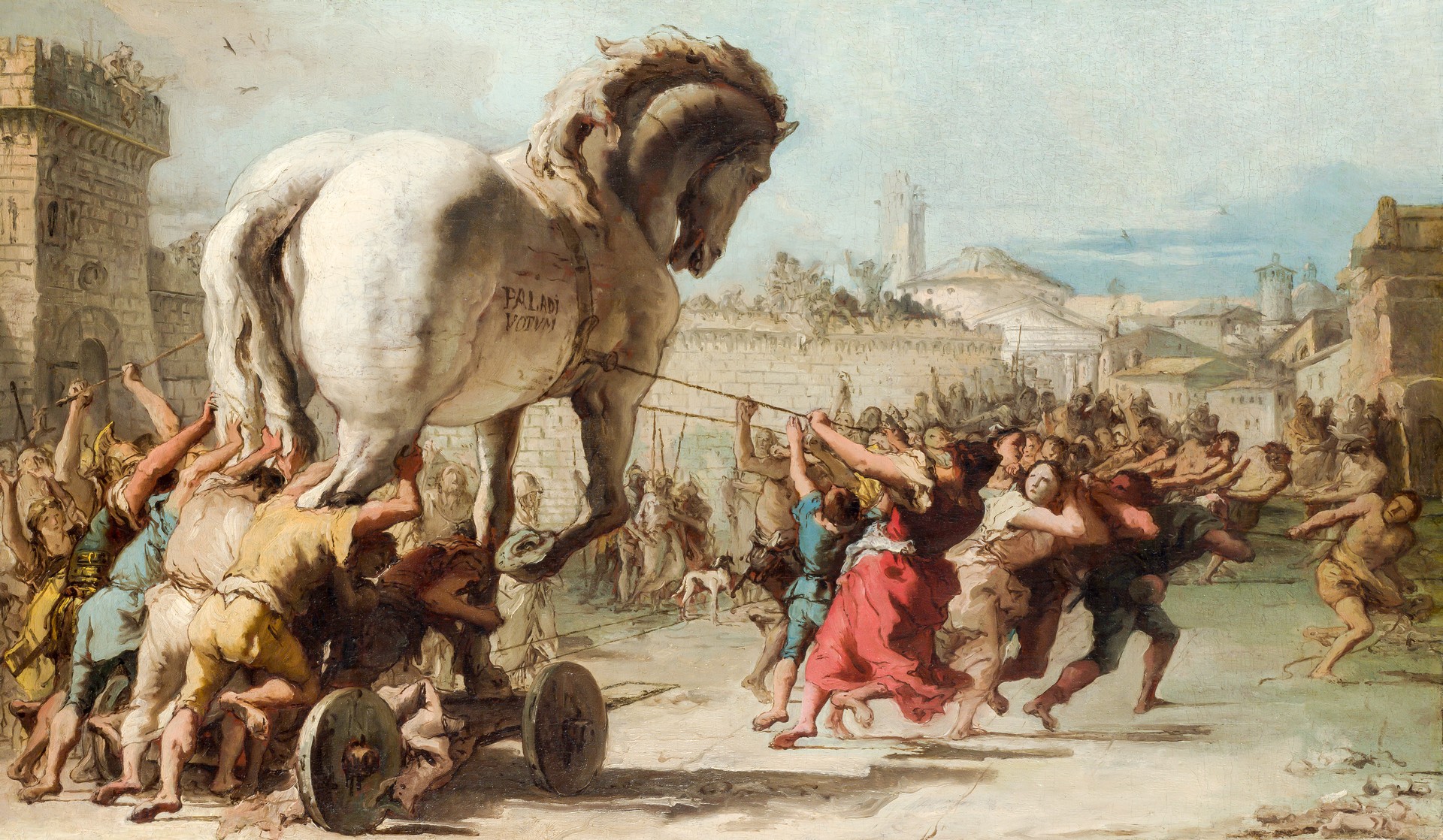
The ancient city of Troy immortalized in Homer's "Iliad", has intrigued historians, archaeologists and literature enthusiasts for centuries.
While much of the story surrounding the ancient city is intertwined with mythology, archaeological discoveries have shed light on its historical significance. Here are five fascinating facts about the legendary city of Troy, along with a bonus insight into its enduring legacy.
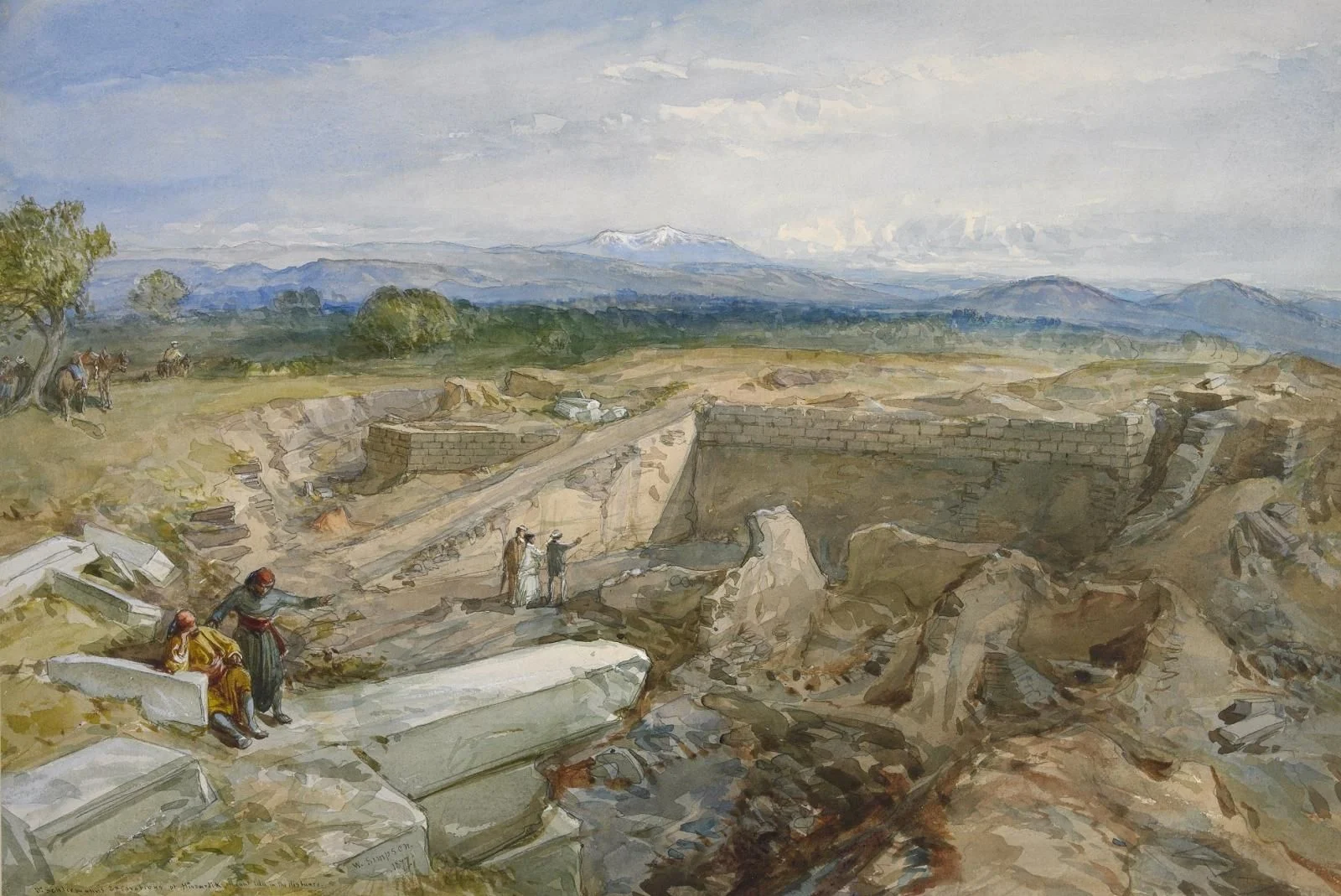
Excavations at Hisarlik, located in modern-day northwest Türkiye, revealed that Troy was not a single city but a series of settlements constructed over millennia. Archaeologists have identified nine distinct layers of occupation, each representing a different era of the city's existence.
The seventh layer, known as Troy VIIa, is widely believed to correspond to the timeframe of the Trojan War, estimated to have occurred around 1190 B.C. This layer shows evidence of fire and conflict, aligning with Homer's descriptions of a city under siege.
Heinrich Schliemann, a German archaeologist, began excavating the site in the 19th century.
The walls of Troy VIIa, which still stand in some areas, measure an impressive 30 feet (9 meters) high. These fortifications, built with a combination of stone and mudbrick, reflect advanced engineering techniques of the Late Bronze Age and further confirm the city’s importance during this period.
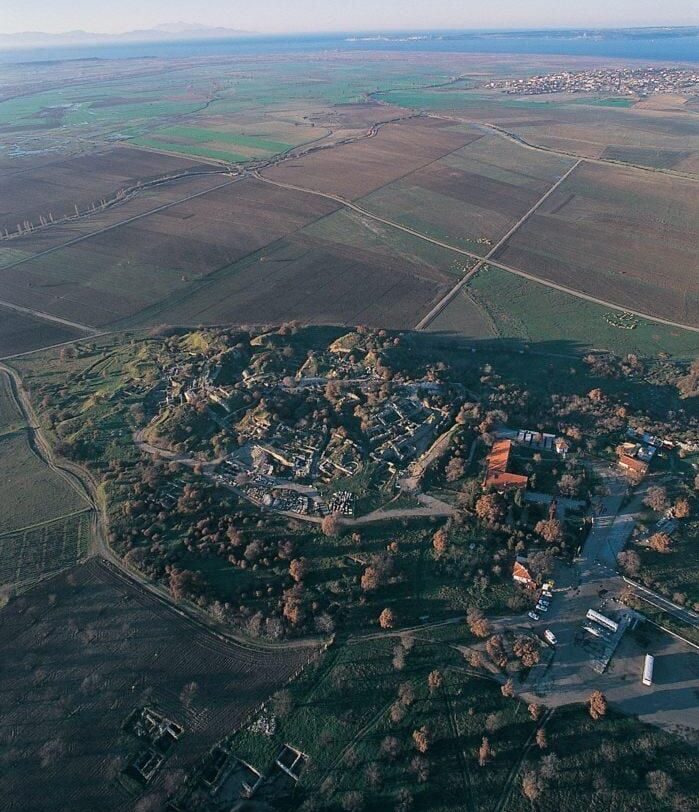
While Homer's epic attributes the war to Paris' abduction of Helen, the wife of Spartan King Menelaus, historians propose a more practical cause: control of trade routes.
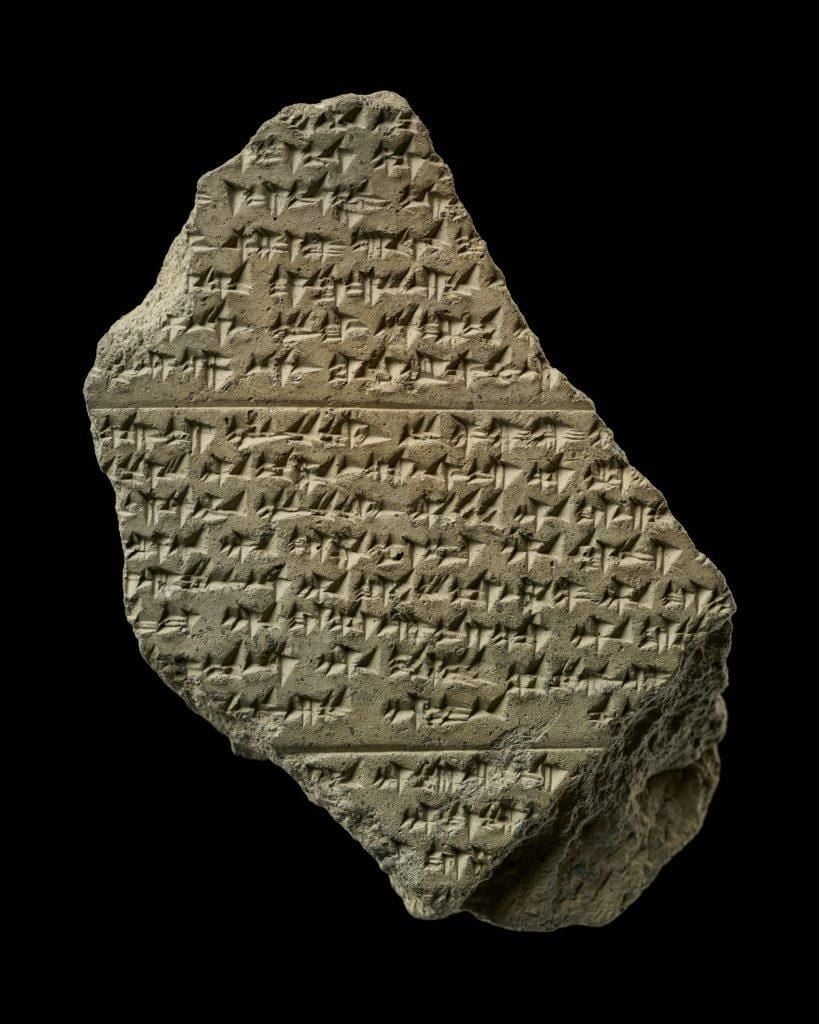
The Hittite archives also mention conflicts involving Wilusa and suggest that tensions in the region were longstanding.
Historians also highlight that Troy's agricultural prosperity contributed to its allure. The region's fertile plains supported extensive farming, particularly of grains and livestock, which would have made the city an appealing conquest for neighboring powers seeking resources.
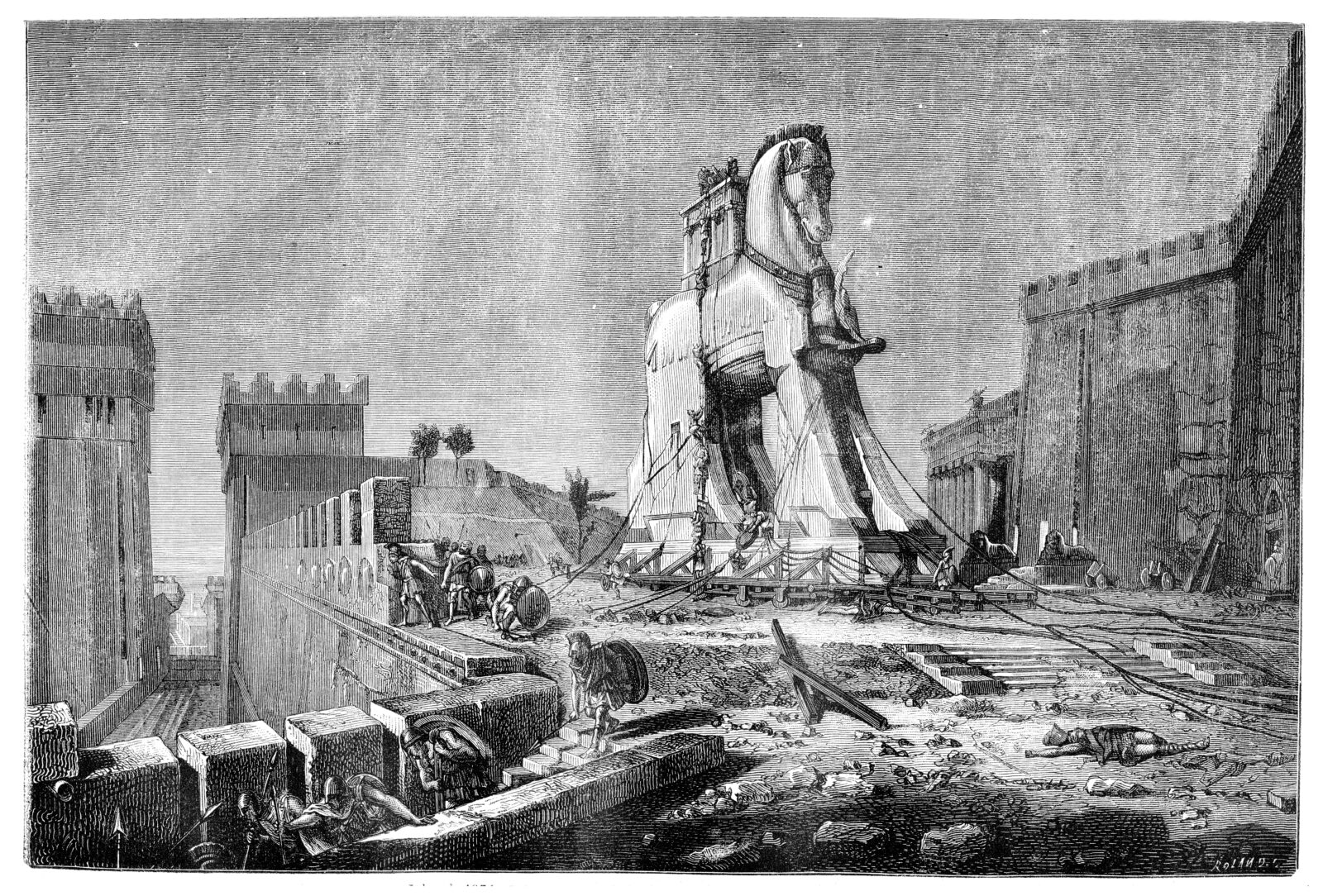
The image of the Trojan Horse is one of the most iconic symbols of the Trojan War, yet it does not appear in Homer's "Iliad". Instead, it is introduced in later works like Virgil's "Aeneid".
According to the tale, Greek soldiers concealed themselves within a giant wooden horse, which was presented to the Trojans as a peace offering. Once the horse was brought inside the city walls, the Greek soldiers emerged at night, opening the gates for their forces and ultimately destroying Troy.
Modern scholars debate whether the horse was a literal object or a metaphor for a siege engine or deceptive military strategy.
Interestingly, the absence of the horse in earlier accounts raises questions about its authenticity.
The "Aeneid" was written centuries after the supposed events of the Trojan War, suggesting that the story of the horse may have been a later embellishment to enhance the drama of Troy's fall.
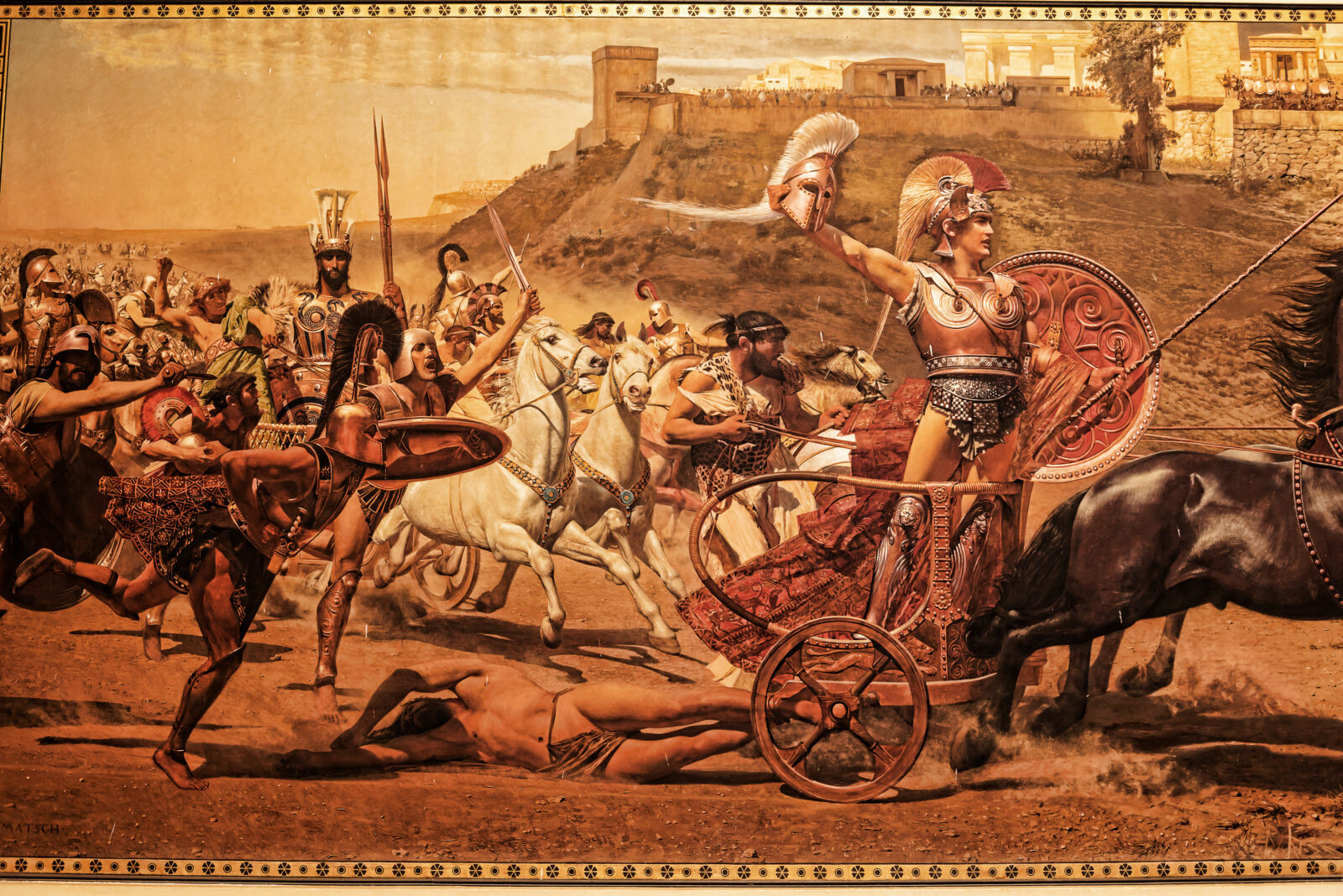
The fall of Troy marked the end of its storied civilization but gave rise to enduring legends. Greek heroes like Achilles, Odysseus, and Agamemnon played pivotal roles in the war's narrative.
For the Trojans, Aeneas emerged as a central figure.
The influence of the ancient city's story extended beyond Greece and Rome. Medieval and Renaissance literature frequently referenced the Trojan War, with authors such as Geoffrey Chaucer and William Shakespeare drawing inspiration from its themes of love, betrayal, and vengeance.
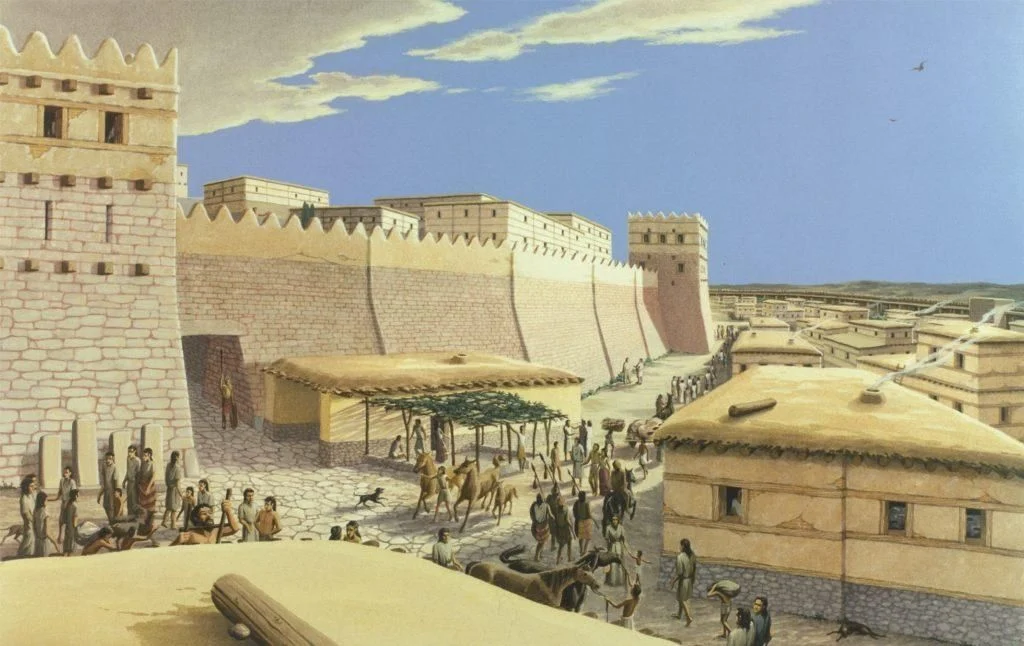
Today, the archaeological site of Troy, a UNESCO World Heritage Site, provides invaluable insights into the city's history. The remaining walls, gates and ruins reveal the layout and scale of the ancient settlement. Artifacts such as pottery, tools and coins found at the site reflect Troy's role as a bustling Bronze Age city.
Interestingly, the city's proximity to the sea in ancient times contributed to its prosperity, allowing trade by both land and water. However, natural disasters like earthquakes and invasions repeatedly disrupted life in Troy, necessitating its reconstruction multiple times over the centuries.
Excavations have also uncovered evidence of textile production, including tools used for spinning and weaving. This discovery supports the idea that Troy was a center for manufacturing and trade, exporting goods such as textiles to neighboring regions.
Additionally, remains of horse bones found at the site align with descriptions in the "Iliad" of Troy as a hub for horse breeding and equestrian culture.
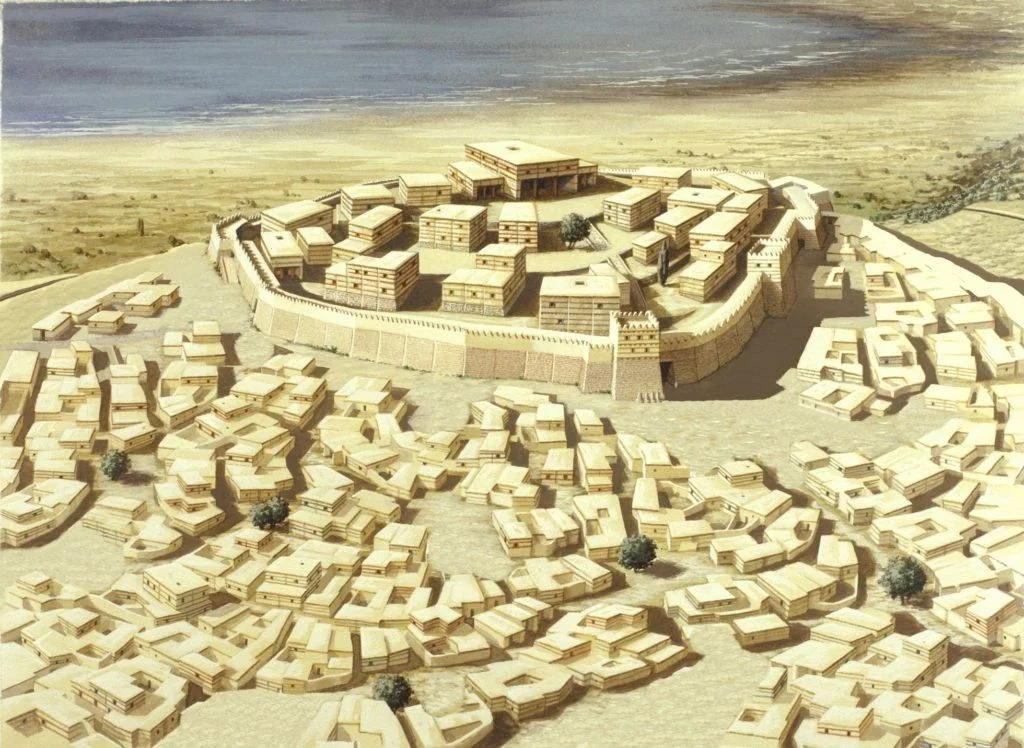
The city's influence extends far beyond its historical and archaeological significance. The story of the Trojan War inspired countless works of art, literature, and drama throughout history, from ancient Greek tragedies to Renaissance poetry and modern films.
The British Museum's 2020 exhibition, "Troy: Myth and Reality", showcased artifacts from the site alongside artistic depictions of its legendary events, emphasizing how the myth has shaped cultural imagination.
Moreover, Troy's story has encouraged academics to discuss the interplay between history and myth and the accuracy of what we perceive as history. While Homer's epics may blend fact and fiction, they capture universal themes of conflict, human ambition, and the consequences of war—lessons that remain relevant today.
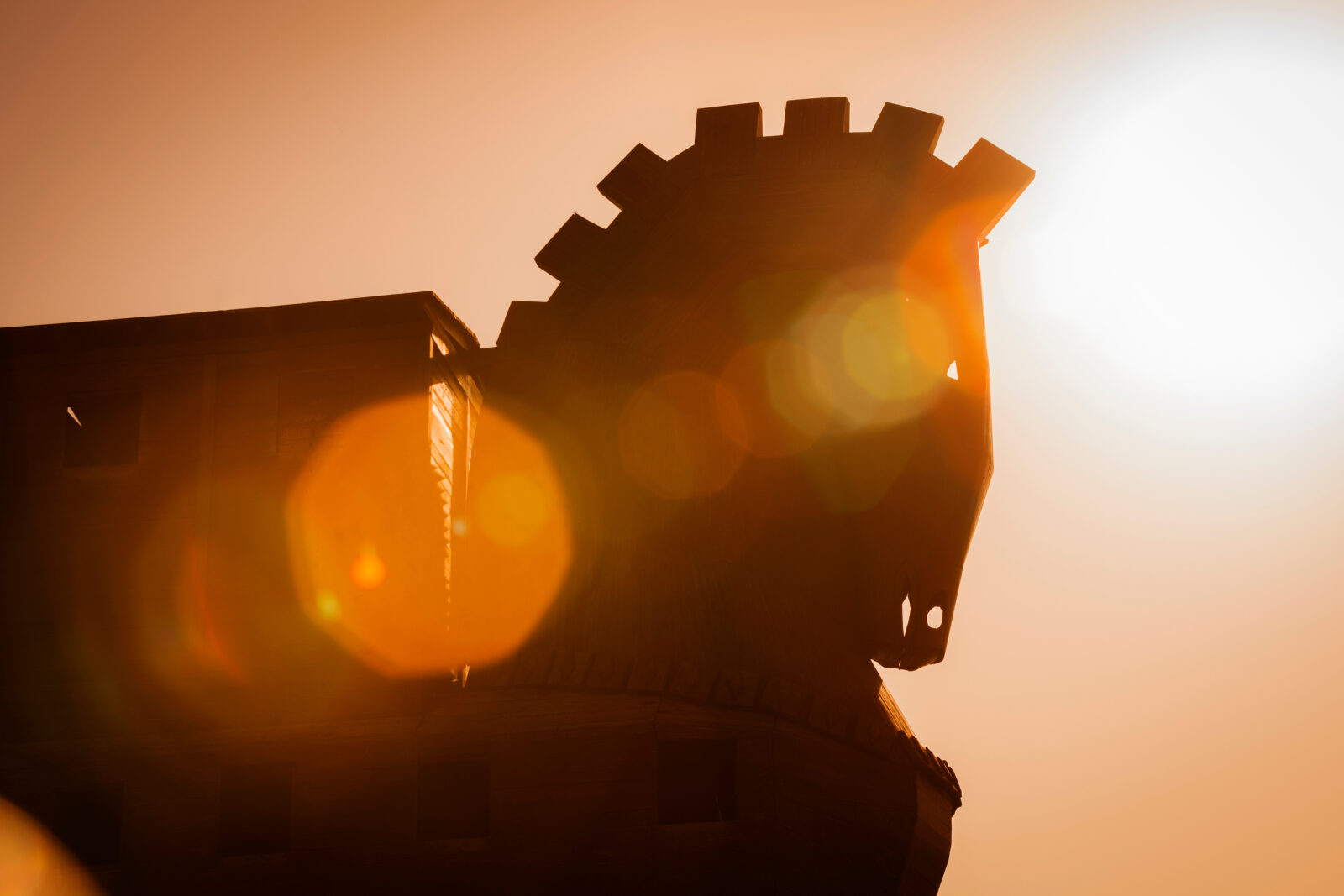
The ancient site of Troy is located near the village of Tevfikiye in northwest Türkiye.
The archaeological site itself features wooden walkways and interpretive signs, making it easy to explore the ruins. Highlights include the remaining sections of Troy's ancient walls, the gates of the city, and the famous replica of the Trojan Horse.
Visitors can also enjoy panoramic views of the surrounding plains, offering a sense of the city's strategic location in ancient times.
Adjacent to the ruins is the Troy Museum, a modern facility housing an extensive collection of artifacts discovered during excavations. Items on display include tools, pottery, jewelry, and inscriptions, providing a deeper understanding of the city's history and culture.
For those planning a visit, it is recommended to wear comfortable walking shoes and bring water, as the site involves some walking and can be warm during the summer months. Guided tours are available for visitors seeking a more in-depth experience, and informational brochures are provided at the entrance.